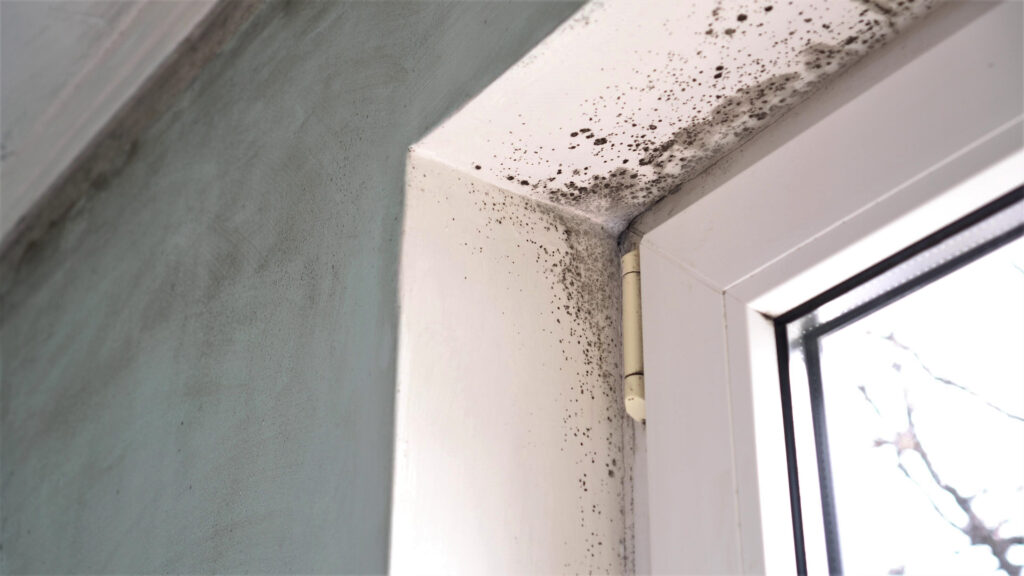
Water damage in your home can be a stressful experience. You’re worried about the immediate damage, the potential for mold growth, and the cost of repairs. However, in older homes (built before the 1980s), there’s an additional, often overlooked, concern: asbestos. This hidden danger necessitates an asbestos survey before water damage restoration begins.
What is Asbestos?
Asbestos is a naturally occurring mineral fiber known for its heat and fire resistance, insulation properties, and strength. Unfortunately, these same qualities made it a popular building material in the past, used in everything from flooring and ceiling tiles to insulation and textured paint. However, prolonged exposure to asbestos fibers can cause serious health problems, including lung cancer and mesothelioma.
Why Does Asbestos Matter With Water Damage?
Water damage can disturb asbestos-containing materials (ACMs) in several ways. The moisture itself can weaken the binding agents that hold asbestos fibers together, making them more likely to become airborne. Additionally, the restoration process itself, involving demolition or scraping, can release dangerous asbestos fibers into the air.
The Importance of an Asbestos Survey
An asbestos survey is a crucial first step before any water damage restoration work begins in a home built before the 1980s. A qualified inspector will collect samples of suspect materials throughout the affected area. These samples are then analyzed by a certified laboratory to determine the presence and type of asbestos.
There are two main types of asbestos surveys:
- Screening Survey: This is a non-destructive inspection that identifies likely ACMs based on visual assessment and building history. It’s a cost-effective way to determine if further investigation is necessary.
- Bulk Sampling Survey: This more detailed survey involves collecting samples of suspect materials for laboratory analysis. It provides definitive confirmation of the presence or absence of asbestos.
The Benefits of an Asbestos Survey
Conducting an asbestos survey offers several key benefits:
- Safety First: It protects the health of occupants, restoration workers, and anyone else who might be exposed to asbestos fibers during the restoration process.
- Informed Decisions: Knowing whether or not asbestos is present allows you to make informed decisions about the best course of action for repairs.
- Cost Savings: If asbestos is found, the proper abatement procedures can be implemented before restoration begins, avoiding costly delays and potential fines.
- Peace of Mind: Having an asbestos survey provides peace of mind knowing your home is safe for your family and anyone working on the restoration project.
Working with Professionals
It’s crucial to choose qualified professionals for both the asbestos survey and the water damage restoration.
- Asbestos Inspectors: Look for inspectors who are accredited by the National Institute of Standards and Technology (NIST) or your state’s licensing agency.
- Water Damage Restoration Companies: Choose a company with experience handling situations involving asbestos and that adheres to Environmental Protection Agency (EPA) regulations for asbestos abatement.
Conclusion
Water damage is a stressful situation, but by prioritizing an asbestos survey before restoration begins, you can ensure the safety of your home and everyone involved in the repair process. Remember, a little precaution can go a long way in protecting your health and well-being.





More Stories
A Guide To Making Your Home Energy-Efficient
Incorporating Reclaimed Floorboards into Modern Design Trends 2024
Techniques Used by Professionals to Find Underground Water Leaks